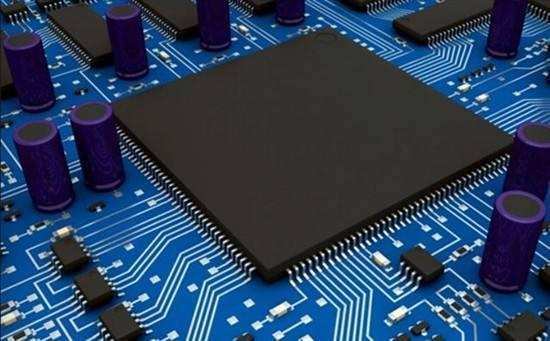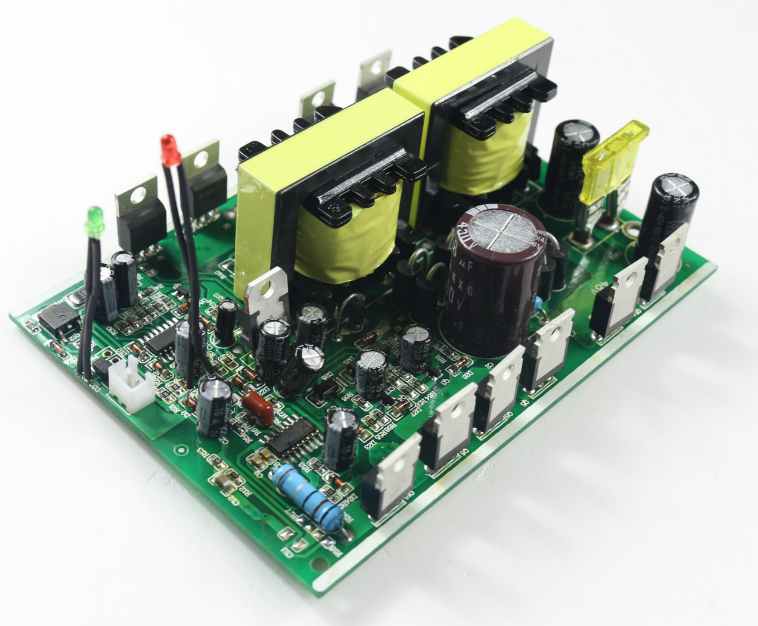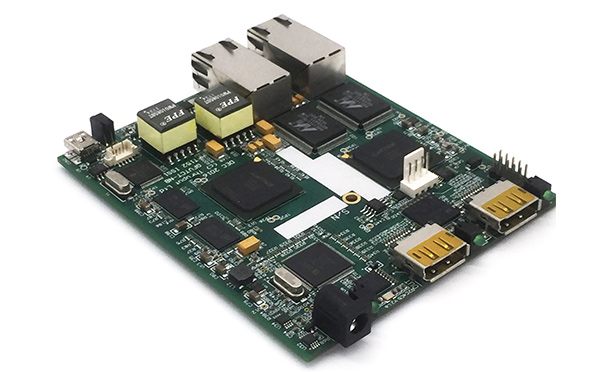
We often discuss the loss in PCB board. Some engineers will ask, what factors affect the size of the loss? In fact, the most common answer will usually say PCB material loss factor, PCB transmission line length, copper foil roughness, in fact, the answer must be much more than that. Next, we will do some experiments respectively on the corresponding parameters to introduce to you which factors in PCB board have an impact on the transmission line loss.
1. PCB dielectric loss factor increases, and the loss becomes larger and larger
First, look at the impact of dielectric loss factor Df on the loss, with Df as a variable, analyze the impact of the change of Df on the loss.
With the increase of PCB dielectric loss factor, the loss is increasing.
2. The longer the transmission line, the greater the loss
Length is also one of the main factors of loss. The length of transmission line is set as Len variable, and the influence of the change of Len on loss is analyzed. As the length of the transmission line increases, the loss increases.
3, the greater the roughness of copper foil, the greater the loss
Copper foil is a commonly used conductor in printed circuit board, and its roughness will also affect the loss. Through analysis, the greater the roughness of copper foil, the greater the loss.
The above three factors are easy for engineers to understand. In order to reduce, engineers usually think of ways to use a low dielectric loss Angle factor, reduce the length of the transmission line, and reduce the roughness of the copper foil.
In addition to these three factors, there are also such as hole, transmission line internal unequal length, crosstalk and so on have an impact on the loss. For example, through holes in high multilayer boards, through holes stumps (stubs) often exist.

4, the hole stump (Stub) will lead to greater loss
Over-hole Stub will lead to greater loss. The same over-hole results without stump and with stump. When there is stump, there will be a very large resonant point, that is, at the resonant point, the loss is very large.
And, as the stump gets bigger, the frequency of the resonance gets smaller and smaller (and correspondingly the loss gets bigger at a certain frequency).
5. The longer the deviation length of the difference line, the greater the loss at the same frequency point.
In PCB design, the phenomenon of difference internal unequal length (deviation skew) often appears. Through experiments, it is found that with the change of deviation length, the loss will be different. As shown in the figure below, with the longer the deviation length, the greater the loss at the point of the same frequency.
6, crosstalk will cause loss of resonance points
In increasingly integrated product designs, crosstalk is a constant concern for engineers. Because serious crosstalk can cause many signal integrity problems, such as the effect on loss is one of them. The greater the spacing, the smaller the loss attenuation of the transmission line at the same specific frequency point, holding the other Settings constant. In fact, there are some interesting phenomena about the effect of crosstalk on the loss, such as when the crosstalk will cause the loss of the resonant point, and so on.





